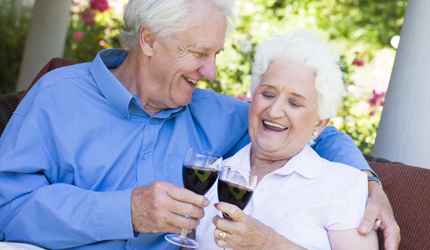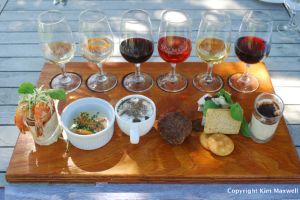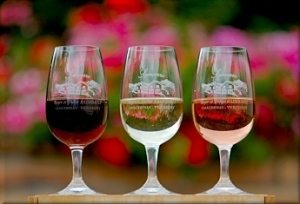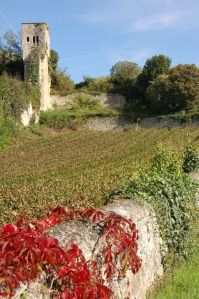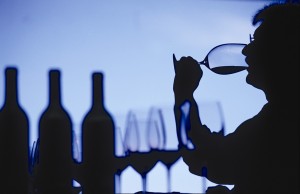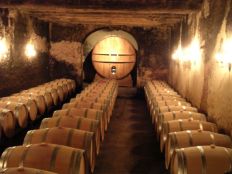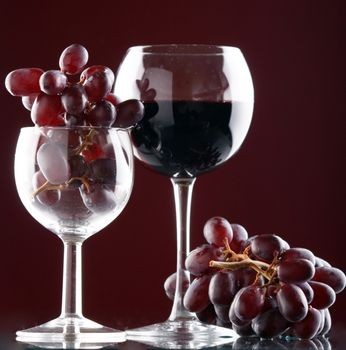Hi guys,
Today I would like to show you some great benefits that wine can bring to your health. But don’t worry, I am not here to promote heavy drinking or alcoholism 😉 This is because if you exceed the moderate amount you are supposed to drink per day, those benefits will no longer exist, and it will actually bring harmful effects to your body. So what is a moderate quantity? It is about 2 glasses for men and 1 glass for women. And of course, it should be accompanied by a healthy diet, then you will be able to take full advantage of the effects described bellow.
So the first benefit (and the most well known) is: wine lowers risk of heart disease. A substance called procyanidin is supposed to protect the heart since it helps degenerate its cells (simplistically speaking)
The second benefit is: it increases good cholesterol (HDL) and protects our blood vessels. This is due to the presence of a substance called resveratrol, which reduces the risk of inflammation and blood clothing.
The third benefits is: it protects you from Diabetes (type 2) and obesity. That is also due to resveratrol.
The fourth benefit is: it reduces the risk of certain cancers (like colon cancer). A substance called flavonoid interferes with the multiplication of cancer cells, and that substance is also present in wine.
The filth benefit is: it slows brain decline and lower the risk of Alzheimer. This is because of the presence of substances called polyphenols, which block the formation of proteins that destroy brain cells.
The last (but not least!) benefit is: it helps prolong our longevity. Again, this is due to the presence of resveratrol, which acts as an antioxidant, helping prevent certain molecules, known as free radicals, from damaging cells.
So guys, I hope this helps you with some questions you had about the benefits of wine. If you need to do some further research, please do so. Also, a lot of you may think about the reasons why your doctor never talked to you about this, so please understand (and I will emphasize this again) that wine, as an alcoholic beverage, should be drunk in moderation, and not before you drive! 🙂 That is why doctors may feel hesitated to prescribe it.
